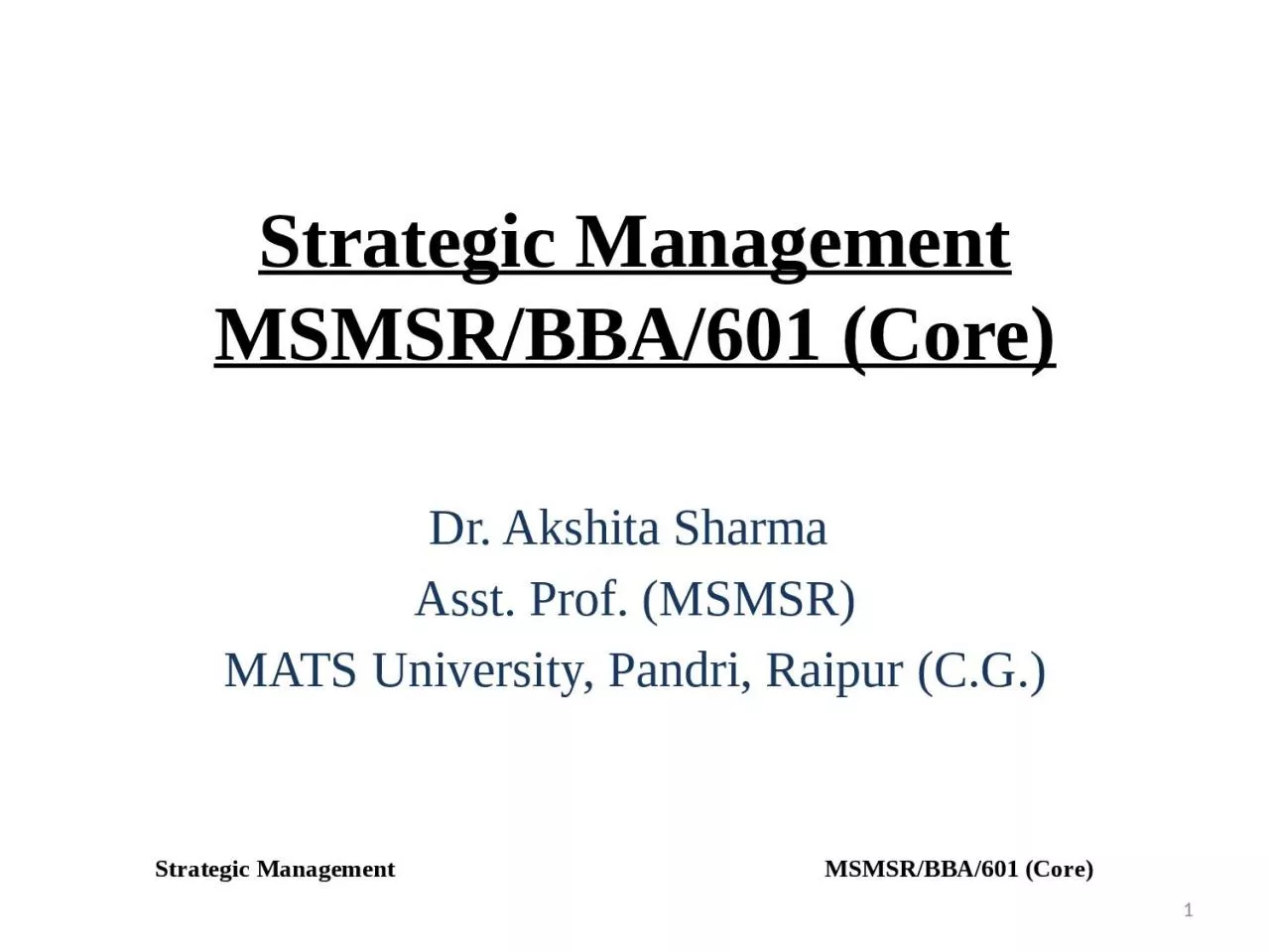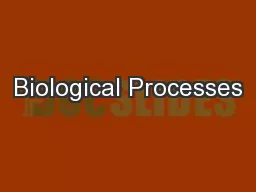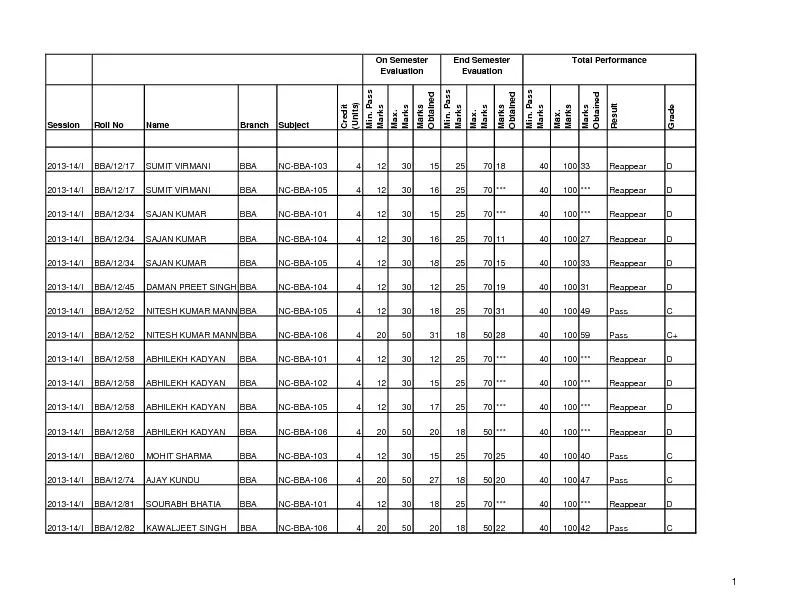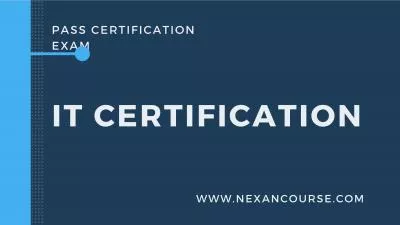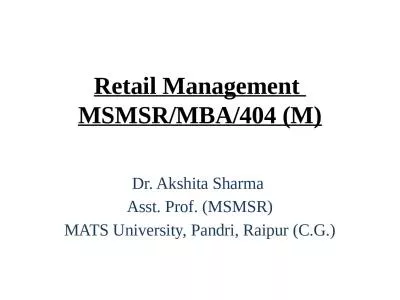PPT-Strategic Management MSMSR/BBA/601 (Core)
Author : emma | Published Date : 2024-03-15
Dr Akshita Sharma Asst Prof MSMSR MATS University Pandri Raipur CG Strategic Management MSMSRBBA601 Core 1 Text Books
Presentation Embed Code
Download Presentation
Download Presentation The PPT/PDF document "Strategic Management MSMSR/BBA/601 (Core..." is the property of its rightful owner. Permission is granted to download and print the materials on this website for personal, non-commercial use only, and to display it on your personal computer provided you do not modify the materials and that you retain all copyright notices contained in the materials. By downloading content from our website, you accept the terms of this agreement.
Strategic Management MSMSR/BBA/601 (Core): Transcript
Download Rules Of Document
"Strategic Management MSMSR/BBA/601 (Core)"The content belongs to its owner. You may download and print it for personal use, without modification, and keep all copyright notices. By downloading, you agree to these terms.
Related Documents

